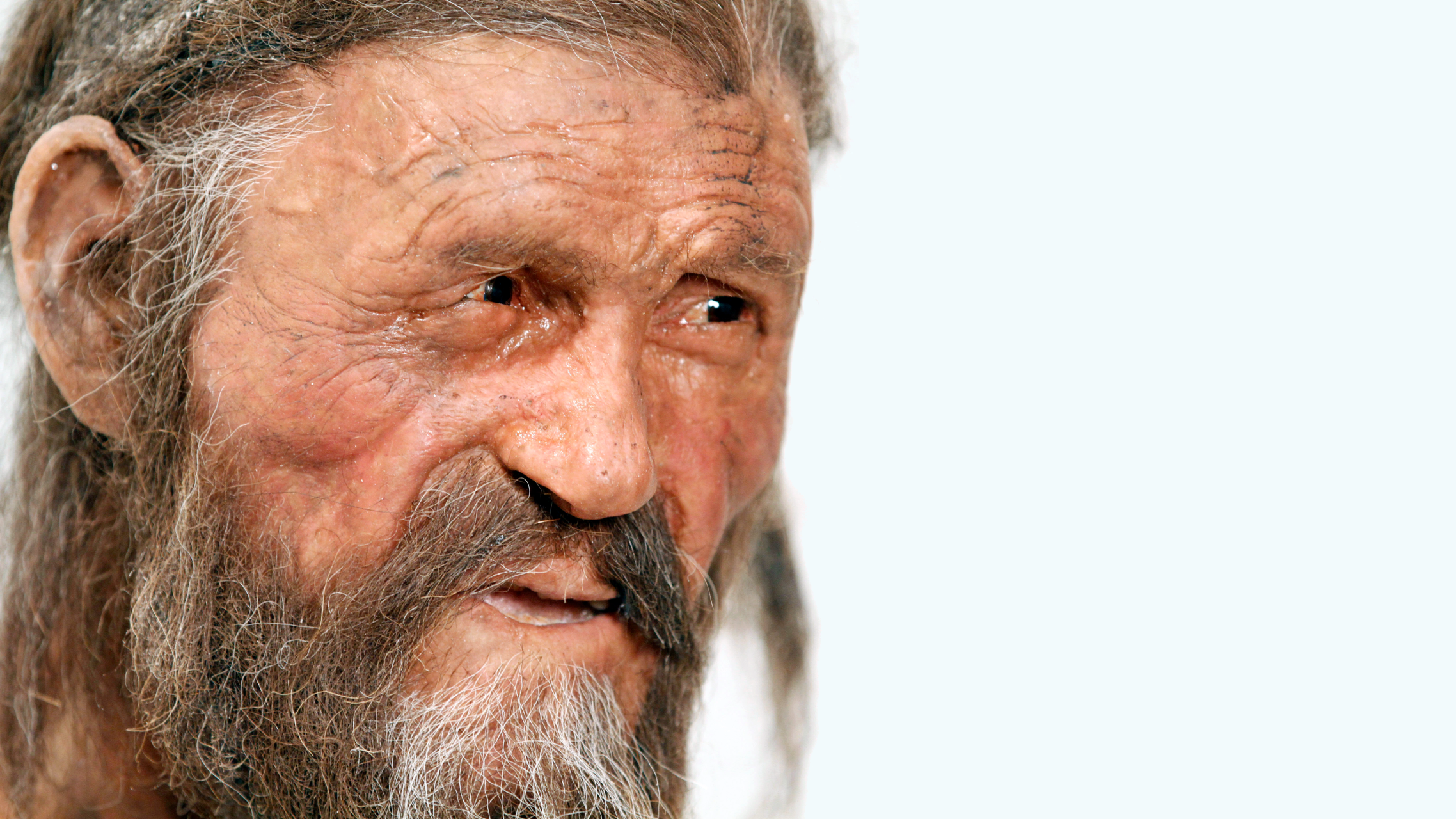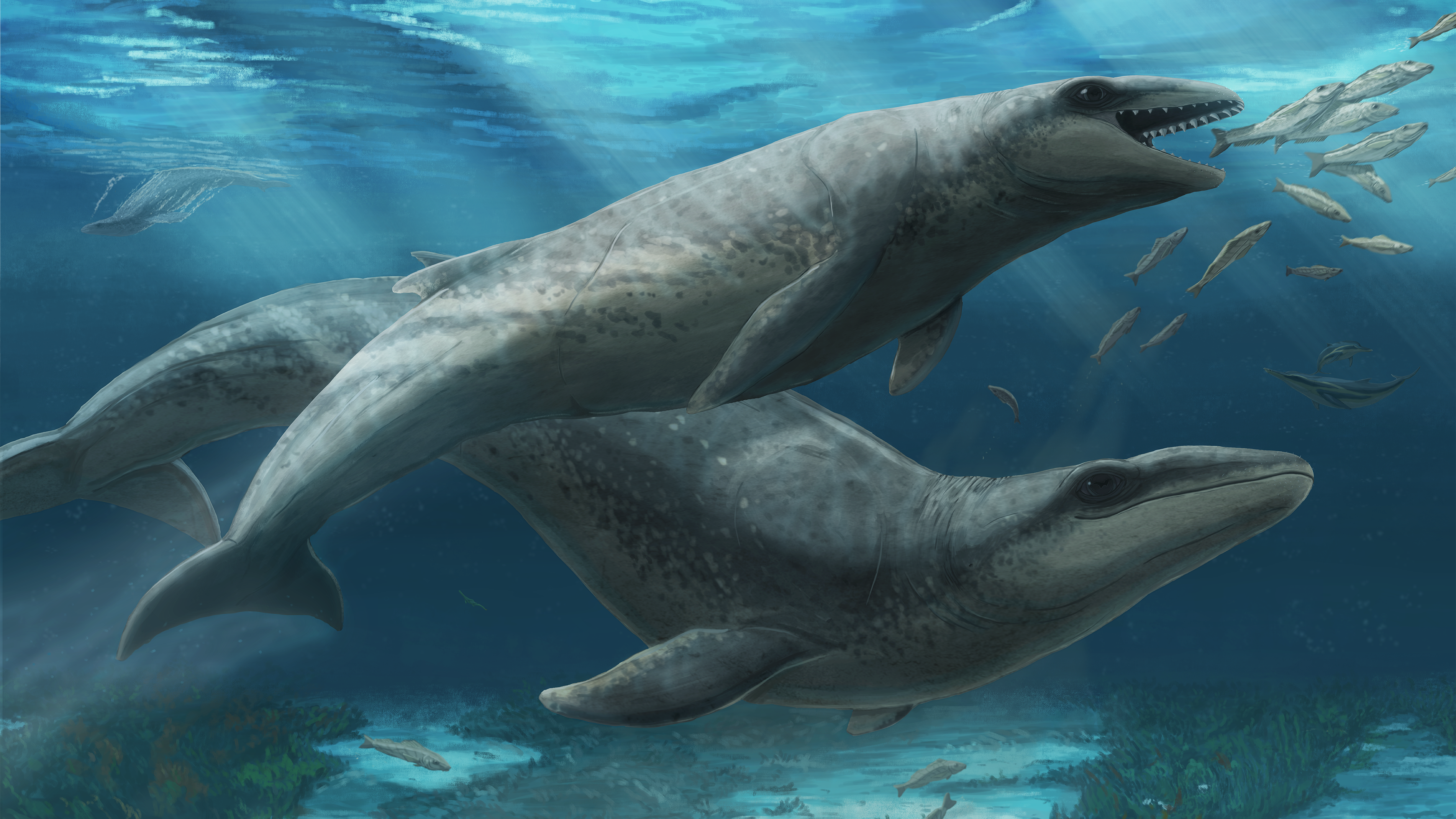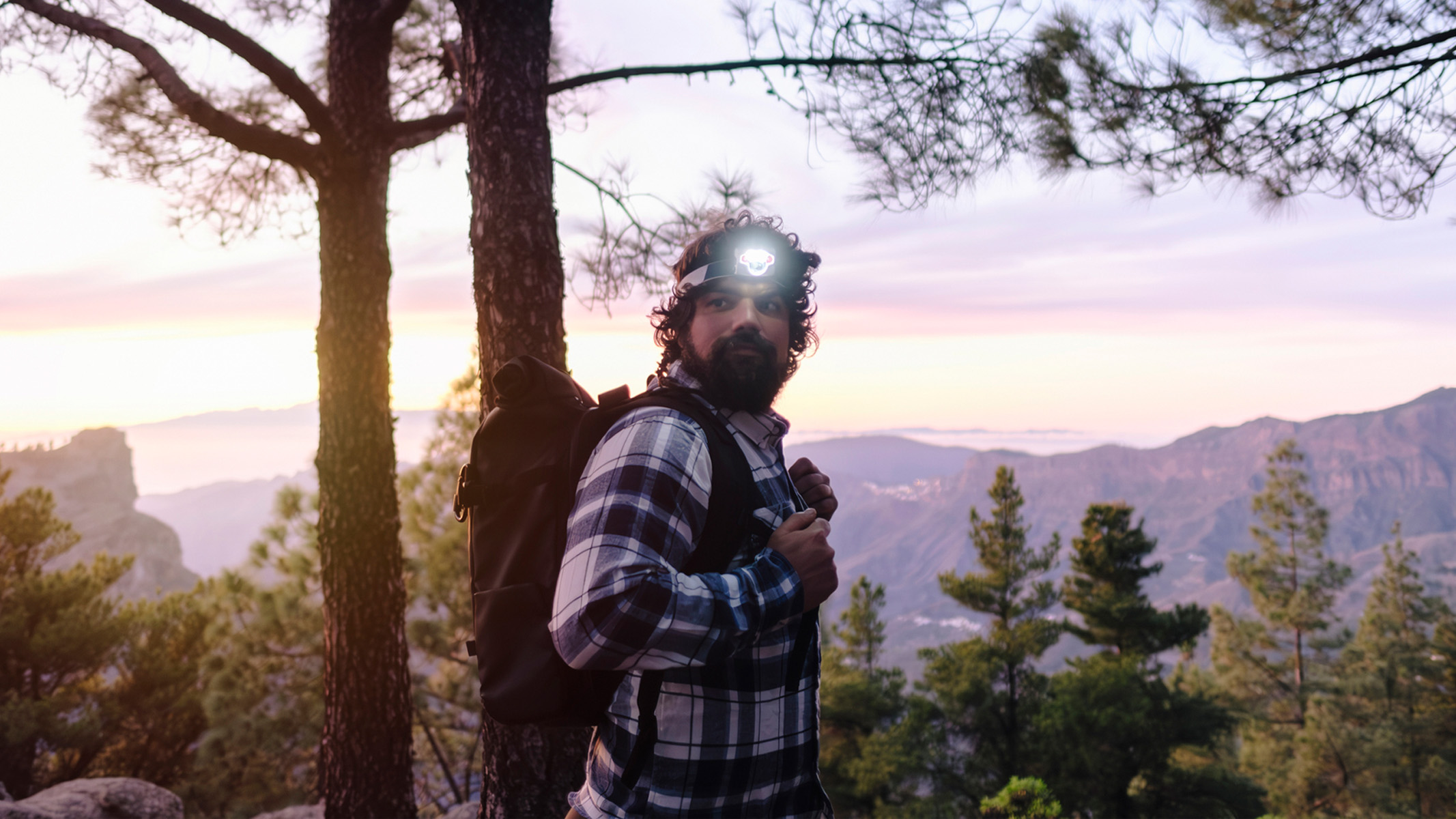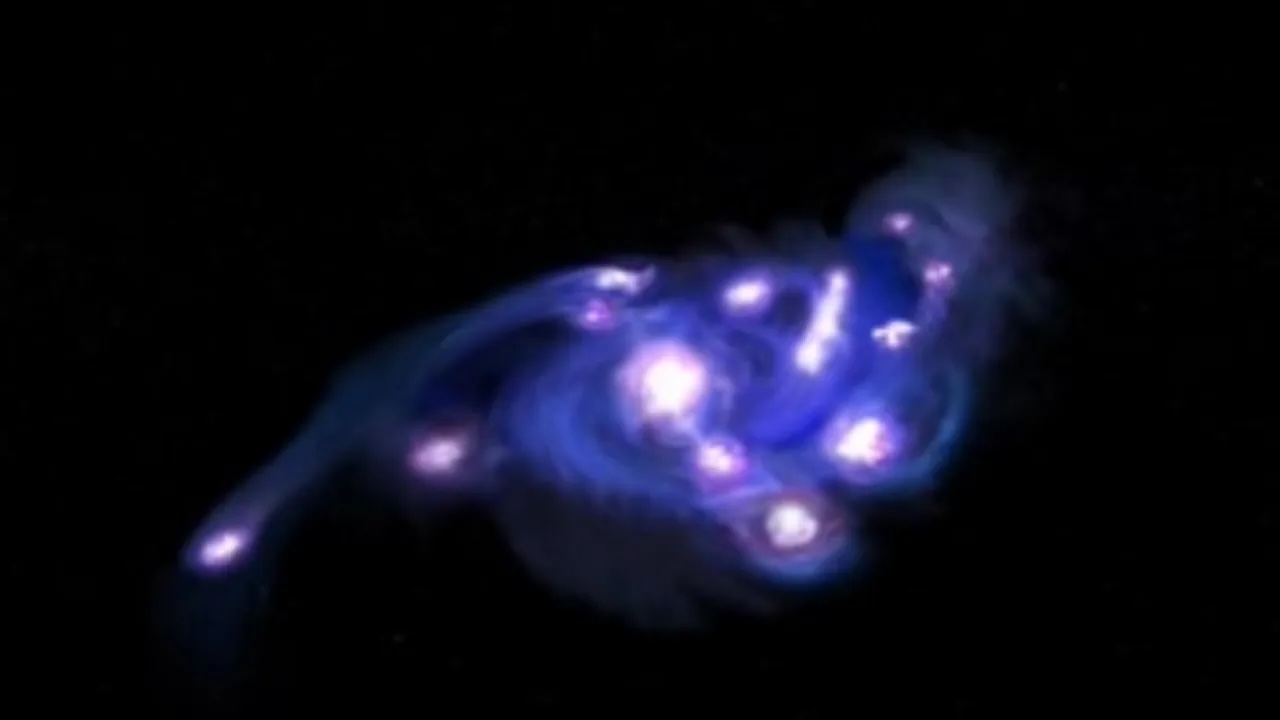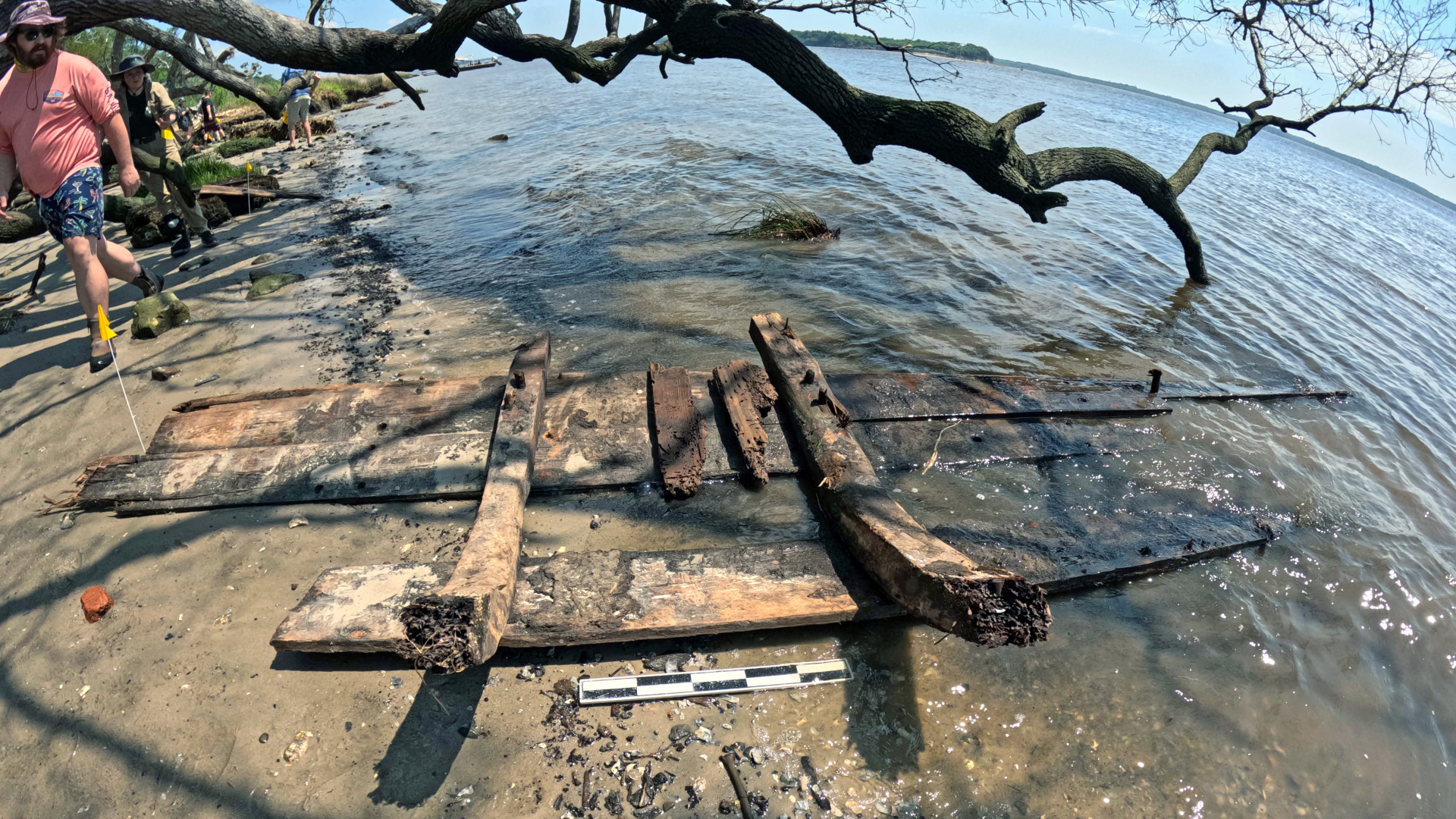A new analysis of ancient DNA from 15 people who lived in the Italian Alps around the same time as Ötzi the Iceman shows that Ötzi’s ancestry was decidedly different from his neighbors’.
“We analysed an additional 15 Copper Age individuals and they have the same genetic structure as the Iceman,” Valentina Coia, a researcher at the Institute for Mummy Studies in Bolzano, Italy, told Live Science in an email. But when looking more closely at the DNA to understand lineages, “we were able to compare the results with those of the Iceman and found that it differs from the other Alpine samples in the area.”
In a study published July 11 in the journal Nature Communications, Coia and colleagues analyzed the genomes of 47 people who lived in the Tyrolean Alps between the Mesolithic and the Middle Bronze Age, around 6400 to 1300 B.C., to learn more about their ancestry.
The most famous individual they examined was Ötzi, who lived 5,300 years ago in the Alps before he was murdered in mysterious circumstances. His mummified and frozen corpse was discovered by tourists in 1991. Because a previous study found that Ötzi had “unusually high Anatolian farmer ancestry,” the researchers wanted to investigate whether the Iceman’s neighbors — who lived in the Alps in the Copper Age, between 3368 and 3108 B.C. — had a similar ancestry or whether they were more closely related to hunter-gatherer groups from the Eurasian Steppe.
The researchers’ analysis of the ancient genomes revealed that most prehistoric Alpine people had high proportions of Anatolian farmer ancestry (80% to 90%) and low proportions of hunter-gatherer ancestry. Most of these people also displayed a similar genomic structure and ancestry, they wrote in the study.
For example, the Y-chromosome data, which helps trace paternal lineage, revealed that nearly all males who were tested shared a similar ancestry that has been found in prehistoric Germany and France. Ötzi, by contrast, had a different paternal lineage that was more widespread, the researchers wrote.
Related: Ötzi the Iceman used surprisingly modern technique for his tattoos 5,300 years ago, study suggests
While the paternal lineages of the prehistoric Alpine men were broadly similar, their maternal lineages were diverse, suggesting that women may have been marrying into a close-knit group of men.
But Ötzi’s maternal lineage has never been identified in other ancient or modern individuals, the researchers wrote, and it was not found in any of the other Alpine people analyzed in the study.
“As the maternal line has never yet been found, this might suggest its extinction,” Coia said. But she cautioned that the data are somewhat difficult to interpret.
“Perhaps the Iceman, compared to other individuals of the same period, comes from a different group of farmers, but this can only be discovered if we have more data on Neolithic individuals from Anatolia and northern Italy,” she said.
Because a previous study had revealed Ötzi had dark hair and dark eyes, the researchers also looked for these traits in six individuals whose genomes were complete enough to predict hair and eye color. “These [people] likely had brown eyes associated with dark brown to black hair colour (similarly to the Iceman),” they wrote. And their genomes also revealed that all of the prehistoric Alpine people were lactose intolerant, as was Ötzi.
Prior to this study, only two genomes of Copper Age people from the eastern Italian Alps had been analyzed. The additional 15 new genomes from Ötzi’s “neighbors” are improving the researchers’ understanding of the lives of people who lived in this cold, high-altitude region.
“We have no information on the cultural group to which the Iceman may have belonged,” the researchers wrote, so “our findings leave open some questions about the genetic origin and cultural affiliation of this enigmatic individual.”




